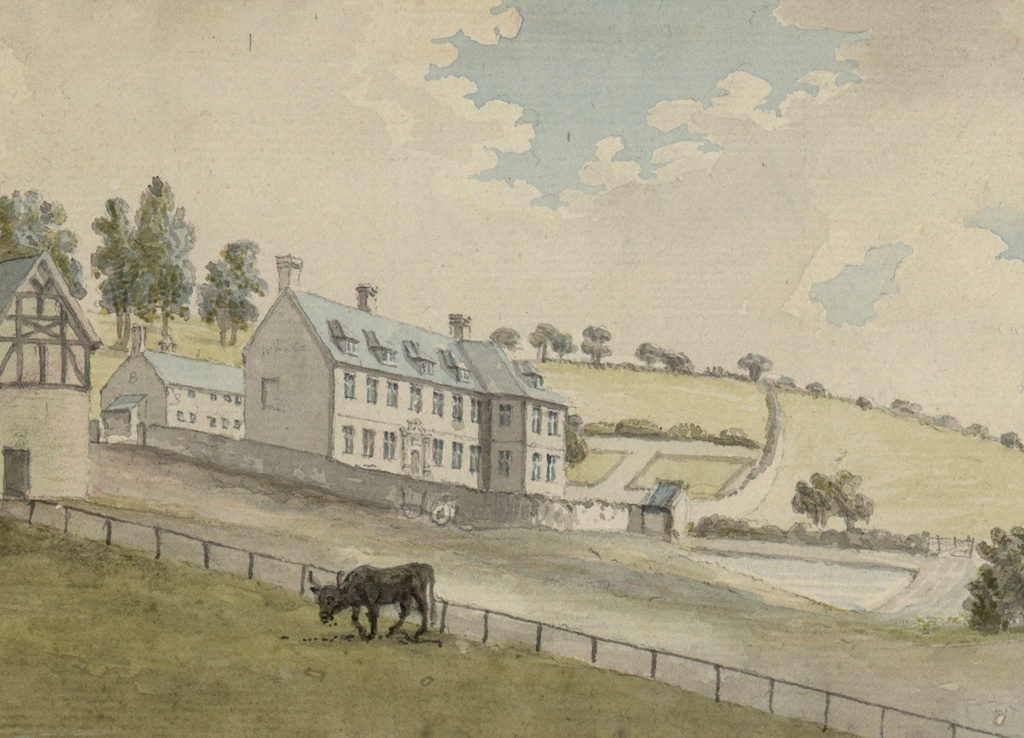We are pleased to introduce the latest post in the Postgraduate and Early Career Takeover, by Sadie Jarrett. Sadie is currently the Economic History Society Postan Fellow at the Institute of Historical Research where she works on gentry culture and society. Find her on Twitter at @pastdeeds.
Eighteen-year-old Erasmus Griffith definitely wasn’t involved in the murder of the Justice of the Peace. In fact, he was only in the farmhouse to return a shirt he’d borrowed from his acquaintance, John ap Robert ap Hywel. Thomas ap David wasn’t even supposed to be in the house; he’d been accompanying his friend John Lloyd Maylor on the road to Burton, but heavy snow forced him to take shelter at the farm. Hugh Salesbury might have been at the farm, but he left before any altercations took place. Yes, they were familiar with the gentlemen involved in the dispute, but they were not retained by any of them. It was mere coincidence that they were all at the farmhouse together and none of them swore an oath to defend it to their deaths. There may or may not have been a mastiff dog present.
These servants and labourers gave their account of the circumstances which led to the death of a JP called Robert Lloyd in a 1574 Star Chamber case.[1] It’s a rare insight into the murky business of gentry retinues in early modern Wales, collections of servants, tenants, and labourers who supported their leader in disputes with rival families.

The suit was brought to Star Chamber by Robert Lloyd’s brother and it centred on a farmhouse in Burton, Denbighshire, which belonged to a local gentleman called Ellis Powell. The previous owner of the farm, Roger Roydon, had died a few years earlier, leaving it to his four daughters. After marrying one of the daughters in 1569, Powell had claimed the property for himself. This caused friction with the husbands of his new wife’s sisters, and perhaps the sisters themselves. In the intensely claustrophobic world of the early modern Denbighshire gentry, the tension simmered between the rival factions embroiled in the dispute.
Continue reading

